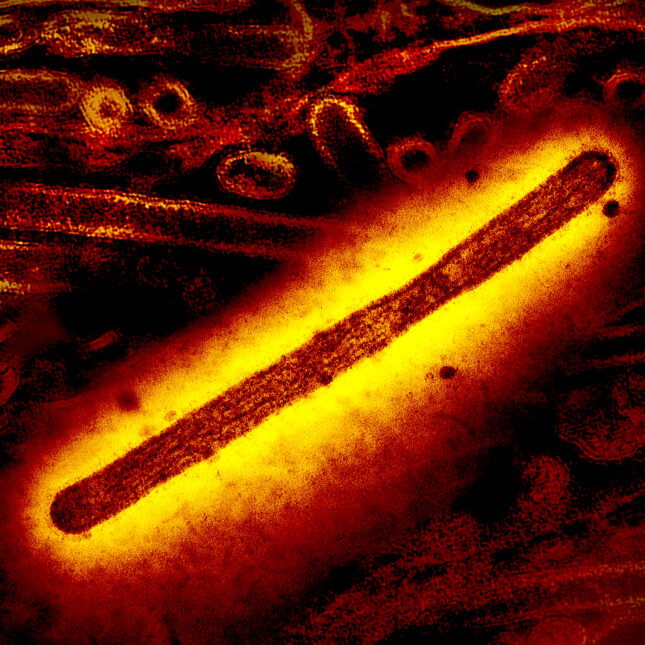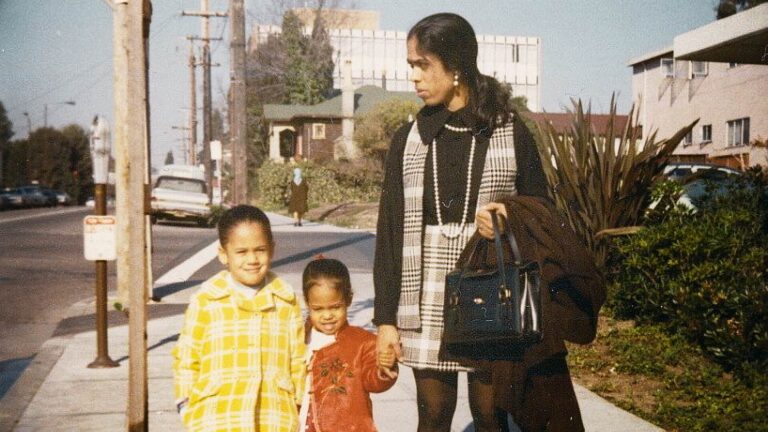
Want to stay on top of health news? Sign up to get our Morning Rounds newsletter in your inbox.
I’m Brittany Trang, STAT health tech reporter and your new Friday morning host.
One year ago today, several of us from STAT dressed up in pink and saw the Barbie movie together. I’m still thinking about the ambiguity of the movie’s last line, and as you’ll see below, medical researchers are too.
Bird flu cases in humans now total 13 in U.S.
The number of confirmed human infections with the bird flu virus associated with the ongoing outbreak in dairy cattle has risen to 13, the Centers for Disease Control and Prevention announced Thursday, as it confirmed three additional cases in Colorado. They are currently designated simply as H5 and not H5N1 because CDC labs are still working on typing the neuraminidase, the N number in the virus’ name, STAT’s Helen Branswell reports.
The cases — one of which Colorado had previously announced as a “presumptive positive” — are in people who were culling infected poultry on a farm in the state. Genetic analysis of the virus in that poultry outbreak shows that it is similar to the virus circulating in cows; it’s believed this is one of several instances where H5N1 in cow herds has spilled over into nearby poultry operations. Of the 13 human cases, 10 have been detected in Colorado, which also has the highest number of reported infected dairy herds — 51, according to the state’s Department of Agriculture. Michigan and Texas have reported two and one human case, respectively.
A paradox of mastectomy for breast cancer patients
Weighing treatment options for breast cancer is an agonizing choice. New research published in JAMA Oncology affirms the prevailing knowledge that excising the cancerous lump, getting a single mastectomy, or a double mastectomy all return about the same rate of survival: over 80% over 20 years of followup.
However, STAT’s cancer reporter Angus Chen writes, the new study turns up a puzzling finding: Survivors who ended up developing a second breast cancer in their opposite, or contralateral, breast had a higher risk of death from breast cancer, even though people who got a double mastectomy died at the same overall rates.
“That seems like a paradox,” said Steven Narod, a breast cancer researcher and physician at Women’s College Hospital in Toronto and the lead author on the study. “If you get a contralateral breast cancer, your risk of dying goes up. But preventing it doesn’t improve your survival.”
Read more from Angus, including possible explanations for the conundrum.
The striking increase in suicides among Asian-Americans
Recent U.S. data showed that while suicide rates decreased for young white people in 2018 and 2019, rates went up for Asian-American or Pacific Islander youths. In a recent JAMA Network Open study, researchers examined suicide trends in Asian-Americans ages 10 to 19 years old more closely.
Looking at codes for causes of death in a data set ranging from 1999 to 2021, researchers found that suicide rates started rising for girls in 2004, peaking at nearly 3 per 100,000 people in 2020. For boys, the rates began rising in 2009 and peaked at 8 per 100,000 people in 2019.
The authors couldn’t explain what was causing the increases, but suggested this upward trend might have stemmed from economic hardships in Asian-American households during the Great Recession, as well as increased exposure to sexism and racism — especially for Asian-American women and girls — with the proliferation of social media.
If you or someone you know may be considering suicide, contact the 988 Suicide & Crisis Lifeline: call or text 988 or chat 988lifeline.org. For TTY users: Use your preferred relay service or dial 711 then 988.
How Kamala Harris’ late mom shaped her health care views

This past Mother’s Day, Kamala Harris posted a picture of herself and her sister in brightly colored coats, standing next to their mother on a sidewalk. “My mother, Dr. Shyamala Gopalan, had two goals in life: to cure breast cancer and to raise my sister and me,” she wrote.
Gopalan was best known for her research on the relationship between progesterone receptors and breast cancer. She worked at institutions including McGill and Lawrence Berkeley National Lab, served on the President’s Special Commission on Breast Cancer under Clinton, and peer reviewed for the NIH before her death in 2009 from colon cancer.
It’s uncertain what the future of Biden’s Cancer Moonshot and the NIH might be under an administration change. With Harris as the likely Democratic presidential nominee, it’s interesting to see what she has said about her mom, health care, and thinking like a scientist, even as a policymaker. Go deeper with this story from STAT’s Rohan Rajeev.
Barbie, the SEO queen of gynecology
Last summer’s Barbie movie spawned endless memes (that even the American Medical Association got in on), songs of the summer from Billie Eilish and Dua Lipa, and a shortage of hot pink paint. But did the iconic last scene — Barbie’s very enthusiastic declaration, “I’m here to see my gynecologist” — birth a renewed interest in getting Pap smears?
Other high-profile medical mentions — such as Katie Couric’s televised colonoscopy and Angelina Jolie’s breast cancer essay in the New York Times — led to increases in colonoscopies and genetic testing, so researchers in JAMA Network Open wondered if Barbie did the same thing.
Looking at online search trends, researchers reported that while searches for “gynecologist” and “gynecologist definition” spiked 51% and 154%, respectively, at the time of the Barbie movie’s release, there was no change in searches for gynecologist appointments. It wasn’t clear to researchers whether people needing the definition of a gyno were the same people who require gynecologic care, but the trend overall suggested that an increased awareness didn’t translate to an increase in people seeking out appointments.
Hot mice unlock the brain’s secret to pain placebos
The placebo effect is mysterious and often pesky in clinical trials, but new research in Nature offers new evidence for which brain circuit is responsible for the placebo effect in treating pain.
A team led by researchers from the University of North Carolina conditioned mice to expect pain relief by putting them in a chamber with two rooms: one with a hot floor and one with a comfortably warm floor. They induced the placebo effect by making both chambers hot, but mice kept crossing into the one they had been conditioned to expect to be less hot. By studying their brains, researchers pinned down which specific neurons seemed to be responsible for convincing the mice that they were experiencing pain relief. Injecting the mice with naloxone, an opioid receptor antagonist, got rid of the placebo effect, suggesting the brain’s natural opioid system is involved with modulating those neurons.
Though there’s still more work to be done, researchers noted that their results indicate that the pathway they identified could be tackled by new pain-relieving interventions like drugs or cognitive behavioral therapies.
What we’re reading
-
Without federal oversight, nursing homes will put profit ahead of care, STAT
- The miseducation of America’s nurse practitioners, Businessweek
- Do medical errors creep up at hospitals when interns arrive? Yes, but the ‘July effect’ is minimal, Boston Globe
-
We bought everything needed to make $3 million worth of fentanyl. All it took was $3,600 and a web browser, Reuters
- The plastic industry’s $30 million lie, Heated
- You don’t have to worry about toxic metals in your tampons, Slate
To submit a correction request, please visit our Contact Us page.











STAT encourages you to share your voice. We welcome your commentary, criticism, and expertise on our subscriber-only platform, STAT+ Connect